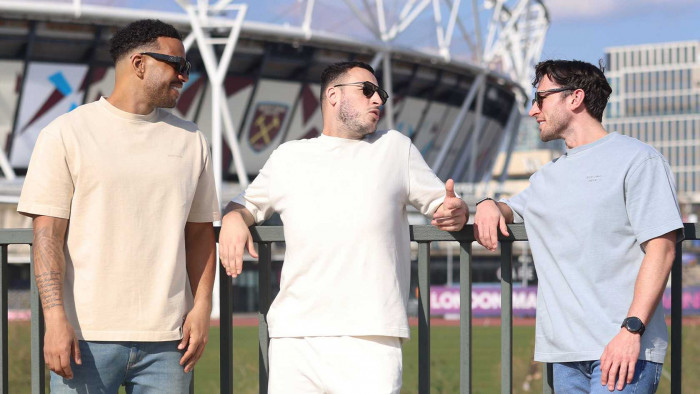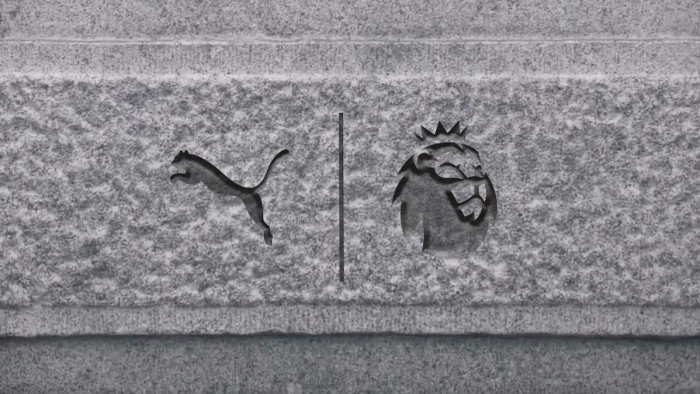Can you even really call it a World Cup if Diego Maradona isn’t involved in some capacity?
The Argentine, one of the all-time greats of the game (and channeller of the Hand of God) featured in four tournaments as a player, scoring in three of them and winning the whole thing in 1986.
Ever since his final appearance in 1994, he has been a fixture in the stands – including a stint as Argentina’s manager in 2010, where he oversaw three group stage victories from three and a last-16 triumph before going out to Germany at the quarter-final stage.
His form later dropped and he arguably never reached his peak, succumbing to a sprawling cocaine addiction between the mid-1980s and 2004. Throughout this period he’s been involved in as many controversies off the pitch as he has beautiful and icon moments on it. Including this weekend where the former Argentina player and manager was accused of making a racist gesture towards a group of young Korean fans.
In a Facebook message posted after the incident Maradona said:
“Today, in the stadium, among so many demonstrations of affection from the people, I was struck by a group of people around a fan who filmed us.”
“I saw an Asian boy wearing an Argentina T-shirt,
“I, from afar, tried to tell them how nice it seemed to me that even the Asians cheer for us. And that’s all, guys, come on.”
In the midst of this you may have also been left your scratching your head as to why Maradona was wearing two watches.
Read more: Diego Maradona’s new statue looks like everyone apart from Diego Maradona
If you watched the World Cup draw back in December, you’ll have spotted ol’ Diego two-watches in action, displaying timepieces on his right and left wrist while revealing the teams.
But what was it all about? A desire for symmetry? A painful memory of being late for an important meeting?
Actually there’s a far more sentimental reason for it all.

According to the Mirror, one of Maradona’s watches is set to the time of the city he is in, and the other shows the time back home in Argentina.
Considering how much time he has spent on the road during his career, there’s a certain logic to it all: only around half of his playing career was spent in Argentina, with more than a decade divided between Spain and Italy, while his coaching career has taken him to the UAE for spells in charge of Al-Wasl and Al-Fujairah.
He still holds his homeland very close to his heart, though, having led Argentina to glory at the 1986 World Cup and captaining the Albiceleste to the final four years later, so it’s no surprise to see him ensuring he always has a reminder of home.

Maradona has been in ill-health lately, and almost missed the tournament draw last December as a result.
The 57-year-old has spent time in intensive care since retiring, and suffered a heart attack in 2004.
(Images: Getty)
Latest
Related Reviews and Shortlists










